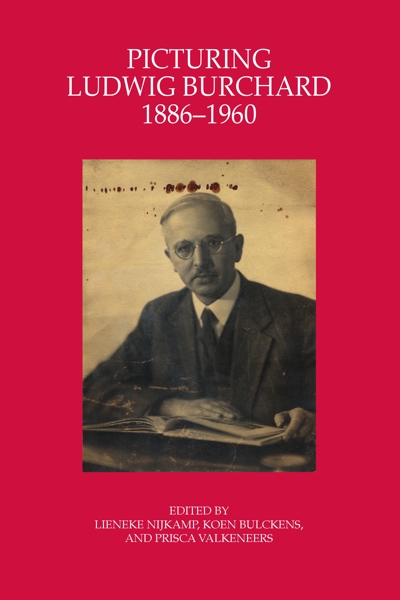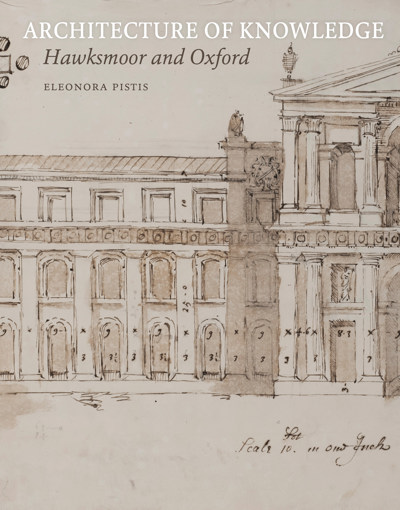
- Pages: 271 p.
- Size:220 x 280 mm
- Illustrations:19 b/w, 91 col.
- Language(s):English
- Publication Year:2025
- € 145,00 EXCL. VAT RETAIL PRICE
- ISBN: 978-1-915487-66-7
- Hardback
- Available
This book discusses theoretical questions crucial to artistic debates in the period 1950–1980.
Pericolo’s study is an invaluable contribution to our understanding of Deleuze’s philosophy of the visual arts. His extended explications of Deleuze’s sources, many of which have been ignored by students of Deleuze, are remarkable in their rigor, penetration, and insight. With verve, grace and wit, Pericolo also offers a profound meditation on Deleuze’s Leibniz and its ramifications for the treatment of the baroque as a broad cultural phenomenon. This is essential reading for anyone interested not simply in Deleuze’s aesthetic theory but also in the larger artistic, historical, and philosophical concept of the modern baroque. (Ronald Bogue, University of Georgia, Athens)
Lorenzo Pericolo is the Vincent V. and Agatha Thursby Professor and Chair of the Department of Art History, Florida State University. He has published extensively on Renaissance and Baroque art. His books include Caravaggio and Pictorial Narrative: Dislocating the Istoria in Early Modern Painting (2011).
Gilles Deleuze’s The Fold (1988) is a vast reflection not only on Leibniz’s monadology, but also on the present and future of a new culture informed by a neo-Leibnizian approach to philosophy and the arts. Deleuze’s baroque is both a transhistorical epistemic model and an artistic manifesto. It proposes a “way of being” that thrives on a notion of “identity” as inherently manifold, potentially contradictory, open-ended, and contingent on infinity. It also outlines the principles of a contemporary aesthetics that relies on the work and theory of artists as varied as Paul Klee, Jean Dubuffet, and Simon Hantaï. In a neo-baroque society, the work of art becomes an objectile, a self-modulating machine able to operate through the input, but without the intervention, of an author. Focusing also on Deleuze and Guattari’s What is Philosophy? (1991), this book discusses theoretical questions crucial to artistic debates in the period 1950–1980: art as philosophy; artistic thinking as opposed or germane to philosophical (and scientific) thinking; painting and sculpture as metaphysical operations; the ground as both the origin and negation of art; color as the degree zero of painting; authorless art; and art as infinity. Interwoven with examples of works by Christian Bonnefoi, François Rouan, Robert Ryman, Martin Barré, and Robert Rauschenberg, these discussions shed light on the complexity of Deleuze’s investigations. The final section of the book centers on the reception of American minimalism in 1980s France and on the folding in architecture trend in the United States at the beginning of the 1990s. Here, works by Robert Morris, Carl Andre, Tony Smith, and Donald Judd are scrutinized as “preparatory” to the objectile, and Peter Eisenman’s theory and architectural projects in the aftermath of deconstructivism are assessed in light of Deleuze’s “fold”.





